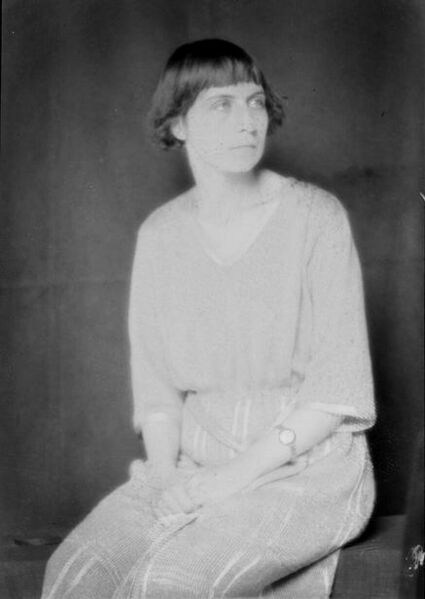The title of Diana Souhami’s 2020 book proclaims, No Modernism without Lesbians – and one of the key women in it came from one of the great Hull shipping families.

Annie Winifred Ellerman was born in Margate in 1894. She was the daughter of John Reeves Ellerman, the Hull shipping company magnate, and his partner Hannah Glover. The Ellermann family originated in Hamburg: her grandfather had come to Hull as a grain-merchant, but died when her father was a child.
Winifred had a very privileged upbringing: her father would be the richest man in England by the time of his death. She travelled widely with her parents as a child (France, Italy, Spain, Egypt, Algeria), absorbing a wide range of cultural and artistic influences. They also shaped her ethics, as she writes in her memoir, The Heart to Artemis (1963):
“Color prejudice is inconceivable to me. […] Has either a black or a white face the monopoly of eternal values? Supposing that a creature arrived from another planet with a green hide and pink spots, are we to refuse his offer of friendship because his appearance differs from our own?”
She was sent to boarding school when she was about 14 – when her parents finally married and her younger brother John was born.
Winifred began to write at an early age, initially poetry, with The Region of Lutany (1914) published when she was just 20. She used the pen-name ‘Bryher’, taken from a favourite place in the Scillies. She fell in love with Hilda Doolittle, ‘HD’, an American Imagist poet, who became her long-term partner. They visited Tutankhamun’s tomb together in 1923.
Moving to Paris in the 1920s, Bryher became part of the flourishing Modernist and lesbian culture there. She was able to use her family wealth to support other writers and artists: Sylvia Beach’s bookshop, Shakespeare & Co, then on the Rue de l’Odéon, and Beach’s publication of James Joyce’s Ulysses. She married an American writer, Robert Menzies McAlmon, for several years in 1920s, for mutual protection (he was bisexual). He typed the manuscript of Ulysses for Joyce.

Bryher then married the Scottish film-maker Kenneth Macpherson, who was also bisexual and had a relationship with HD. The blended family then settled in Switzerland, and worked together. Bryher and Kenneth adopted HD’s daughter, Perdita, from a previous relationship. They made films, the main one which survives being Borderline (1930), starring Paul and Eslanda Robeson, and HD (under a stage-name as Helga Doorn). Bryher appears as the hotel manager. The theme of inter-racial relationships would have been taboo in Hollywood.
As the Nazi threat grew in Europe, Bryher used her fortune to fund visas to help over 100 people escape to Switzerland. She and HD returned to London during WW2, while Perdita worked at Bletchley Park and the Office of Strategic Services.
Bryher and HD later returned to Switzerland. Bryher’s main literary projects after the war were historical novels and two volumes of memoirs. She died in Switzerland in 1983, aged 88. HD had died in 1961. Although no longer a couple by then, they had remained close.

By Dr Marianne Gilchrist
